Home>Interior Design>Decorating Ideas: 24 Ways To Create Stylish And Enduring Designs
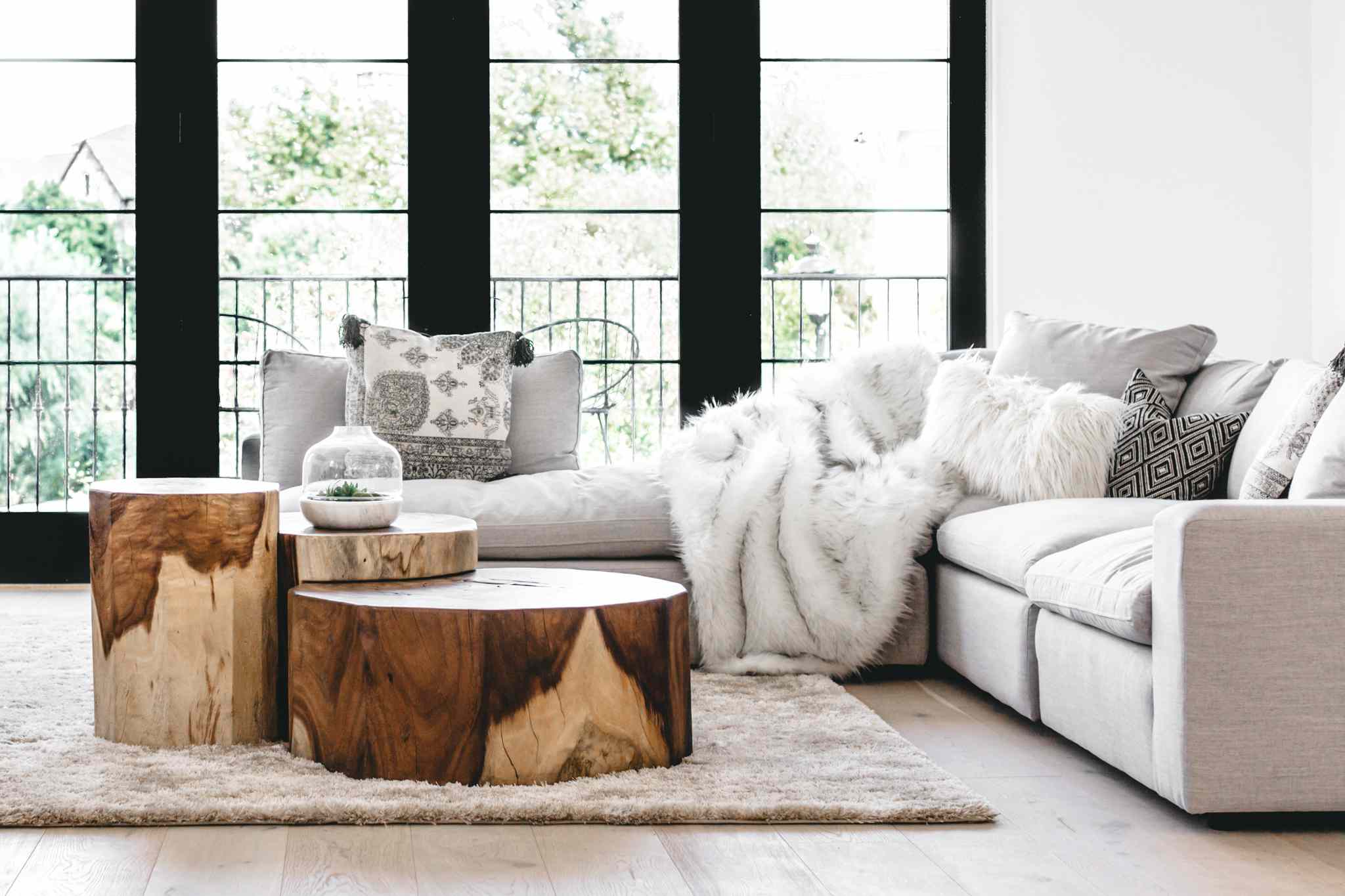

Interior Design
Decorating Ideas: 24 Ways To Create Stylish And Enduring Designs
Modified: December 7, 2023
Get inspired with 24 interior design decorating ideas to create stylish and enduring designs. Discover tips, tricks, and trends for your next home makeover.
(Many of the links in this article redirect to a specific reviewed product. Your purchase of these products through affiliate links helps to generate commission for Storables.com, at no extra cost. Learn more)
Introduction
Welcome to the world of interior design! Whether you are looking to spruce up your own living space or embark on a professional design project, this article will provide you with valuable insights and inspiration to create stylish and enduring designs. Interior design is the art and science of enhancing the interior of a space to achieve a healthier and more aesthetically pleasing environment. It involves strategic planning, thoughtful selection of materials, and a keen eye for detail.
Design trends may come and go, but the principles of good design remain constant. In this article, we will explore 24 decorating ideas that will stand the test of time and ensure that your space reflects your personal style. These ideas encompass everything from colors and patterns to furniture placement, wall decor, lighting, textiles, accessories, flooring options, and window treatments. Let’s dive in and discover how you can transform your space into a harmonious and visually stunning sanctuary.
Key Takeaways:
- Carefully selected colors and patterns, strategic furniture placement, and thoughtful wall decor can transform a space into a visually stunning and harmonious sanctuary, reflecting personal style and enhancing functionality.
- Incorporating lighting, textiles, accessories, flooring options, and window treatments can elevate the overall aesthetic and comfort of a room, creating enduring and personalized interior designs.
Section 1: Colors and Patterns
Colors and patterns play a vital role in interior design, setting the mood and capturing the essence of a space. When it comes to selecting colors, consider the overall atmosphere you want to create. Soft, neutral tones such as whites, beiges, and grays create a tranquil and timeless ambience, while bold, vibrant colors inject energy and personality into a room.
When incorporating patterns, choose wisely to ensure they complement the overall design scheme. Mixing different patterns can add visual interest and depth to a space, but it’s important to strike a balance. Opt for a mix of large-scale and small-scale patterns to create harmony and avoid overwhelming the room.
Consider the function of the space as well. For example, in a bedroom, soothing colors like soft blues or light greens can promote relaxation, while in a living room, warm hues like oranges or reds can create a cozy and inviting atmosphere.
Another popular trend in color and pattern selection is the use of accent walls. By choosing one wall to highlight with a bold color or pattern, you can create a focal point in the room and add visual interest without overpowering the space.
Remember to pay attention to the natural light in the room when selecting colors and patterns. Lighter colors tend to make a space feel larger and more airy, while darker colors can create an intimate and cozy atmosphere. Additionally, natural light can affect how colors appear, so it’s important to consider the orientation of your space and how it will impact the overall color scheme.
Overall, the use of carefully selected colors and patterns can transform a space, creating a cohesive and visually appealing design. Experiment with different combinations and find the perfect balance that reflects your personal style and enhances the functionality of your space.
Section 2: Furniture Placement
Furniture placement is a crucial aspect of interior design, as it not only determines the functionality of a space but also contributes to the overall aesthetic appeal. Whether you have a small apartment or a spacious home, strategic furniture placement can maximize the use of space and create a harmonious flow.
Start by assessing the size and shape of your room. Consider the focal point of the room, such as a fireplace or a large window, and arrange your furniture around it. This will help create a sense of balance and make the room feel more inviting.
Next, consider the traffic flow. Ensure that there is enough space to move around comfortably without any obstructions. Avoid placing furniture in high-traffic areas or blocking doorways, as this can disrupt the natural flow of the space. Optimize the functionality of the room by arranging furniture in a way that allows for easy movement and promotes social interaction.
Another important factor to consider is the scale and proportion of the furniture. Oversized furniture can make a room feel cramped, while undersized furniture can make it feel empty and incomplete. Aim for a balance by choosing furniture that fits the scale of the room and leaves enough space for movement.
Don’t be afraid to experiment with different furniture arrangements. It’s not uncommon to rearrange furniture several times before finding the perfect layout. You can even use visual tools, such as online room planners or paper cutouts, to help you visualize different furniture placement options.
Lastly, consider the functionality of the room and how furniture placement can enhance it. For example, in a living room, arrange seating to encourage conversation, and ensure that there is a clear line of sight to the television or focal point. In a bedroom, position the bed in a way that maximizes comfort and accessibility.
Remember, furniture placement is an important part of interior design that can significantly impact the overall look and feel of a space. By carefully considering the size, scale, and functionality, you can create a well-balanced and visually appealing arrangement that enhances the functionality and aesthetics of your room.
Section 3: Wall Decor
Wall decor plays a crucial role in enhancing the visual appeal of a space and adding a personal touch. Whether you prefer minimalist art or vibrant gallery walls, the right wall decor can transform a blank canvas into a captivating focal point.
One popular trend in wall decor is the use of statement pieces. These can be large-scale artworks, mirrors, or even tapestries that instantly draw attention and make a bold statement. When choosing a statement piece, consider the scale, color palette, and overall theme of your space. A well-chosen statement piece can become the centerpiece of a room and set the tone for the entire design.
Gallery walls are another popular choice when it comes to wall decor. They allow you to display a curated collection of artwork, photographs, and even personal mementos. When creating a gallery wall, consider the layout and arrangement of the pieces. You can opt for a symmetrical arrangement with identical frames, or go for a more eclectic and diverse display. Experiment with different sizes, shapes, and orientations to create visual interest.
In addition to artwork, consider incorporating other elements into your wall decor. Floating shelves can be a stylish and functional way to display books, plants, and decorative objects. Wall-mounted organizers and hooks can help keep your space clutter-free while adding visual appeal.
Wallpapers and wall decals are also great options to add texture and pattern to your walls. From intricate floral designs to geometric patterns, there are endless options to choose from. Consider the overall style and color scheme of your space when selecting wallpaper or decals, and make sure they complement the existing decor.
Lastly, don’t forget about the power of paint. A fresh coat of paint can instantly transform a space and create a dramatic impact. Experiment with different colors, textures, and finishes to find the perfect shade that enhances the overall design of your room.
Wall decor provides an opportunity to infuse your personal style into a space and add a unique touch. Whether you opt for statement pieces, gallery walls, or other decorative elements, wall decor can take your interior design to the next level and create a visually stunning and inviting environment.
Section 4: Lighting
Lighting is an essential element of interior design that can greatly impact the mood, functionality, and overall aesthetic of a space. Proper lighting enhances the visual appeal of a room, highlights architectural features, and creates a warm and inviting atmosphere.
Start by considering the natural light in your space. Utilize it to your advantage by choosing window treatments that allow for ample natural light to enter the room. Sheer curtains or blinds can provide privacy while still letting in natural light and creating a bright and airy ambiance.
In addition to natural light, incorporate different types of artificial lighting to create a layered and well-lit space. Ambient lighting, such as ceiling fixtures or recessed lighting, provides overall illumination and sets the mood in the room. Use dimmers to control the intensity of the ambient lighting and create different atmospheres for different occasions.
Task lighting is essential in areas where specific activities are performed, such as reading nooks, kitchen counters, or home offices. Table lamps, floor lamps, or wall-mounted fixtures can provide focused and adjustable lighting to ensure optimal visibility for the task at hand.
Accent lighting is used to highlight focal points or objects of interest, such as artwork, architectural details, or decorative objects. Spotlights, track lighting, or wall sconces can be used to create dramatic effects and draw attention to specific areas of the room.
Consider the color temperature of the light bulbs as well. Warm or soft white bulbs create a cozy and inviting ambiance, while cool white or daylight bulbs provide a brighter and more energizing effect. Select the color temperature that complements the overall design and mood that you want to achieve in your space.
Lastly, don’t forget about the importance of lighting fixtures as decorative elements. Chandeliers, pendant lights, and wall sconces come in various styles, materials, and designs that can enhance the overall aesthetic of a room. Choose lighting fixtures that not only provide functional lighting but also add a touch of style and elegance to your space.
By carefully considering the natural and artificial lighting in your space and incorporating different types of lighting, you can create a well-lit and visually captivating environment that enhances the functionality and beauty of your interior design.
When decorating, choose a cohesive color palette to create a stylish and enduring design. Stick to 3-5 main colors to maintain a cohesive look throughout the space.
Section 5: Textiles and Fabrics
Textiles and fabrics are essential elements in interior design that add texture, warmth, and comfort to a space. Whether it’s through upholstery, curtains, or decorative pillows, the right choice of textiles and fabrics can elevate the overall aesthetic of a room.
When selecting textiles, consider the theme and style of your space. For a minimalist and modern look, opt for clean lines and solid colors. If you prefer a more eclectic and bohemian vibe, experiment with vibrant patterns and bold prints. The key is to find a balance that complements the existing decor and creates a cohesive look.
Start by selecting fabrics for your furniture upholstery. Consider the durability and functionality of the fabric, especially if you have pets or children. Opt for high-quality materials that are stain-resistant and easy to clean. Fabrics like cotton, linen, or microfiber are versatile options that blend well with different design styles and offer practicality.
Curtains or drapes play a significant role in adding drama and elegance to a space. Choose fabrics that bring a sense of luxury and sophistication. Sheer curtains can create a soft and romantic ambiance, while heavier fabrics like velvet or brocade can add a touch of opulence. Consider the color and pattern of your curtains to tie in with the overall color scheme and design theme.
Don’t forget about decorative elements like throw pillows, blankets, and rugs. These accessories not only add visual interest but also provide coziness and comfort. Mix and match different textures, patterns, and colors to create a layered and inviting look. Velvet, faux fur, or knitted fabrics can add a cozy and luxurious vibe, while geometric patterns or animal prints can create a bold statement.
Another lesser-known use of textiles is in wall hangings and tapestries. These can add a unique and artistic touch to a room, bringing warmth and personality to bare walls. Look for woven pieces or handmade textiles that celebrate different cultures or tell a story.
By carefully selecting and incorporating textiles and fabrics in your interior design, you can enhance the overall aesthetic and comfort of a space. They provide an opportunity to infuse your personal style and create a visually stunning and welcoming environment.
Section 6: Accessories and Accents
Accessories and accents are the finishing touches that bring a space to life and showcase your personal style in interior design. From decorative objects to artwork, these small details play a significant role in adding character and visual interest to a room.
Start by selecting a theme or style for your accessories. It could be minimalist and sleek, rustic and cozy, or eclectic and vibrant. Whatever style you choose, make sure it complements the overall design of your space. Aim for a cohesive look by selecting accessories that share similar colors, materials, or motifs.
One key aspect of accessorizing is to strike a balance between functionality and aesthetics. Choose items that serve a purpose while adding visual appeal. For example, decorative boxes or trays can help organize and contain clutter, while also adding a touch of elegance to a coffee table or dresser.
Artwork is another essential component of accessorizing. Select pieces that resonate with you and reflect your personal taste. Whether it’s paintings, prints, or sculptures, artwork can become the focal point of a room and create a conversation starter. Consider the scale, colors, and theme of the artwork in relation to the surrounding decor.
Plants and greenery are not only visually pleasing but also bring life and freshness to a space. Incorporate indoor plants or floral arrangements to add a natural element and create a calming and vibrant atmosphere. Experiment with different types of plants and pot styles to complement the overall design theme.
Small decorative objects, such as vases, candleholders, or sculptures, can add personality and charm to shelves, mantels, or tabletops. Mix and match different textures and finishes to create visual interest. Consider personal mementos or travel souvenirs to add a personal touch and tell a story.
Lighting fixtures can also serve as decorative accents. Whether it’s a unique chandelier, a quirky table lamp, or a stylish wall sconce, lighting fixtures can add a touch of elegance and sophistication to a room. Look for designs that complement the overall style and add a focal point.
Remember, accessories and accents are the final layer that brings your interior design together. They allow you to inject your personality into a space and create a visually captivating, inviting, and personalized environment. Let your creativity shine and have fun choosing and arranging these small details to perfect your interior design.
Section 7: Flooring Options
Flooring is a fundamental element of interior design that not only provides a functional surface to walk on but also sets the tone for the overall aesthetic of a space. Choosing the right flooring option is crucial as it can greatly impact the style, comfort, and durability of a room.
There are various flooring options available, each with its unique characteristics and benefits. Let’s explore some popular choices:
- Hardwood: Hardwood flooring is timeless and elegant, adding warmth and sophistication to any room. It comes in a wide range of finishes and wood types, allowing you to select the one that matches your design style. Hardwood is durable and can be refinished multiple times to maintain its beauty.
- Laminate: Laminate flooring offers a cost-effective alternative to hardwood. It mimics the appearance of wood or other natural materials and is resistant to scratches, moisture, and stains. Laminate flooring is easy to maintain and is available in a variety of styles and designs.
- Tile: Tile flooring is highly versatile, suitable for both indoor and outdoor spaces. It comes in different materials such as ceramic, porcelain, or natural stone, each offering its unique look and durability. Tile can withstand moisture, making it an excellent choice for bathrooms and kitchens.
- Carpet: Carpet adds warmth, softness, and texture to a room. It is ideal for areas where comfort and noise reduction are priorities, such as bedrooms and living rooms. Carpets come in various styles, colors, and textures, allowing you to choose the one that complements your design scheme.
- Vinyl: Vinyl flooring has come a long way in terms of design and durability. It is a cost-effective option that offers a wide range of styles, including designs that replicate the appearance of wood, stone, or even tile. Vinyl is highly resistant to moisture and scratches, making it suitable for high-traffic areas.
When selecting flooring, consider the functionality of the space, your design preferences, and your lifestyle. For high-traffic areas, opt for durable and easy-to-maintain materials. If you prefer a more eco-friendly option, consider sustainable flooring materials such as bamboo or cork.
It’s also essential to think about how the flooring will harmonize with the overall design and color scheme of your space. Light-colored flooring can create an airy and spacious feel, while dark-colored flooring can add drama and depth to a room.
Ultimately, choosing the right flooring option is a combination of practicality, style, and personal preference. Take the time to research and consider various options to find the perfect flooring that will enhance the beauty and functionality of your interior design.
Section 8: Window Treatments
Window treatments are an essential aspect of interior design that not only provide privacy but also enhance the aesthetics of a room. They can control the amount of natural light entering a space, add texture and color, and create a more finished and polished look.
When it comes to window treatments, there are various options to choose from. Let’s explore some popular choices:
- Curtains and Drapes: Curtains and drapes are versatile and offer a wide range of styles, fabrics, and patterns to choose from. They can instantly change the look and mood of a room. Sheer curtains allow natural light to filter through, creating an airy and ethereal atmosphere, while thicker fabrics provide privacy and block out light. Choose curtains that complement the color scheme and design of your space.
- Blinds: Blinds are a classic and practical choice for window treatments. They come in various materials such as wood, faux wood, aluminum, or vinyl. Blinds allow you to adjust the amount of light and privacy with ease. Choose horizontal or vertical blinds based on the orientation of your windows.
- Shutters: Shutters are a timeless and elegant option that adds a touch of sophistication to any space. They come in different materials such as wood or vinyl and provide excellent light control and privacy. Shutters can be customized to fit the size and shape of your windows and offer a durable and long-lasting solution.
- Shades: Shades are a sleek and modern option that offers versatility and simplicity. They come in different styles such as Roman shades, roller shades, or cellular shades. Shades can be customized to match your design preferences and offer various light-filtering options, from sheer to blackout.
When selecting window treatments, consider the functionality of the space and your specific needs. For bedrooms or areas where privacy is essential, opt for treatments that provide blackout options. In living rooms or dining areas, consider treatments that allow natural light to filter through while still providing privacy.
Consider the style and mood you want to achieve in your space. Light and sheer fabrics create a soft and romantic feel, while heavier fabrics or patterns can add drama and sophistication. Make sure the window treatments complement the overall design and color scheme of the room.
Don’t forget about the hardware and accessories for your window treatments. Curtain rods, finials, tiebacks, and valances can add a decorative element and complete the look. Choose hardware that matches the style and finish of your window treatments.
Window treatments are the finishing touch that brings a sense of completion to a room. They add privacy, control natural light, and enhance the overall design. Take your time to choose the right window treatments that not only fulfill their functional purpose but also elevate the beauty and aesthetics of your interior design.
Conclusion
Interior design is a creative and transformative process that allows you to shape your living spaces into a reflection of your personal style and taste. With the right strategies and ideas, you can create stylish and enduring designs that will stand the test of time.
In this article, we explored various aspects of interior design, from colors and patterns to furniture placement, wall decor, lighting, textiles, accessories, flooring options, and window treatments. Each element contributes to the overall aesthetic and functionality of a space, allowing you to create a harmonious and visually captivating environment.
By carefully selecting colors and patterns, you can create a mood and atmosphere that speaks to your desired ambiance. Strategically placing furniture optimizes both the functionality and flow of a room. Thoughtfully chosen wall decor adds a personal touch and brings life to bare walls. Proper lighting enhances the overall look while providing illumination. Textiles and fabrics add texture, warmth, and comfort to a space. Accessories and accents add the finishing touches, showcasing your personality and style. And finally, flooring options and window treatments complete the look, tying everything together.
Throughout the design process, it’s important to strike a balance between functionality and aesthetics. Consider the overall theme and style of your space, and how each element contributes to the cohesive look and feel. Experiment with different combinations and always trust your instincts to create a space that truly reflects your personality and lifestyle.
Remember, interior design is not only about following trends but also about creating an environment that you love and feel comfortable in. Let your creativity soar, and never be afraid to think outside the box. The possibilities are endless when it comes to designing a space that is stylish, enduring, and uniquely yours.
Frequently Asked Questions about Decorating Ideas: 24 Ways To Create Stylish And Enduring Designs
Was this page helpful?
At Storables.com, we guarantee accurate and reliable information. Our content, validated by Expert Board Contributors, is crafted following stringent Editorial Policies. We're committed to providing you with well-researched, expert-backed insights for all your informational needs.
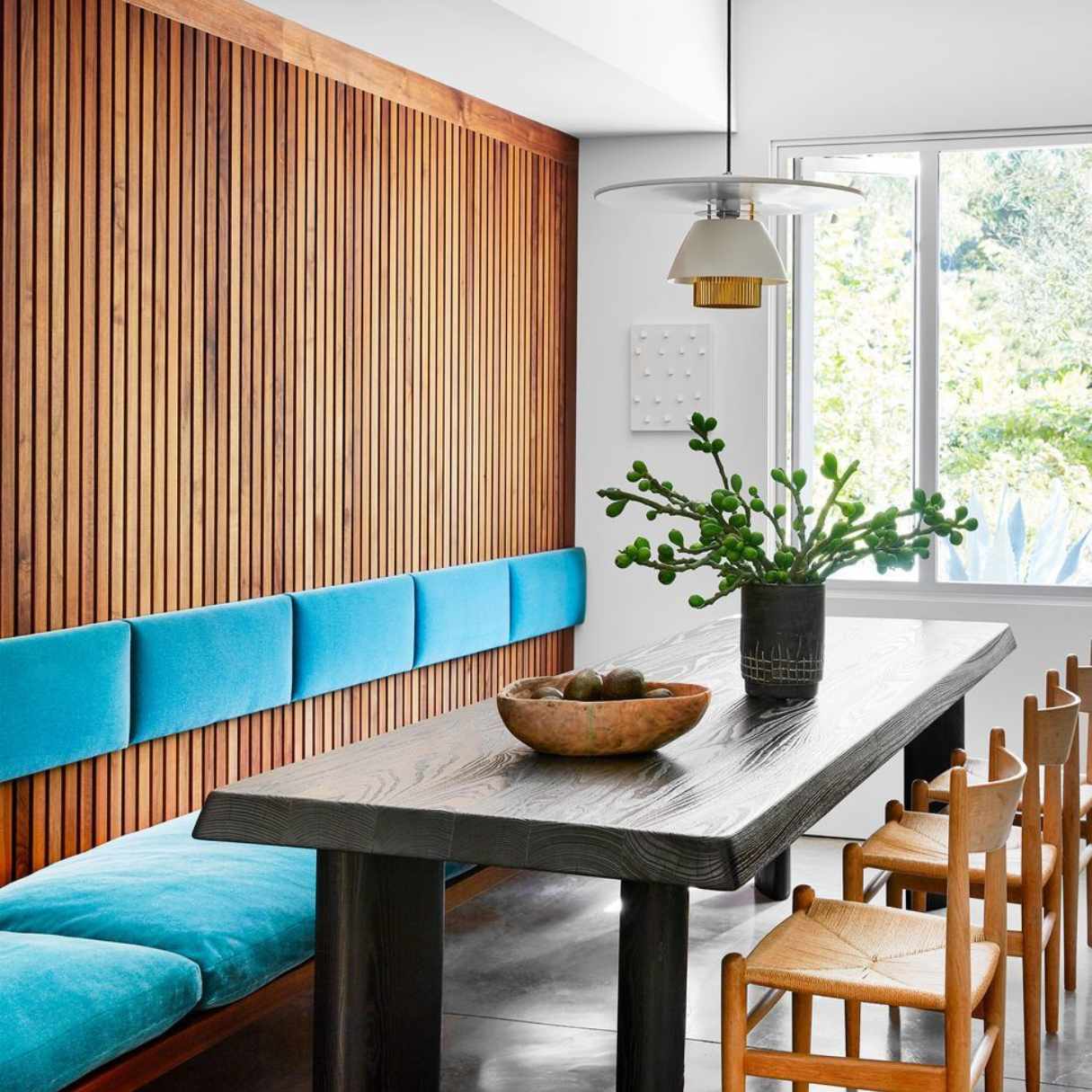
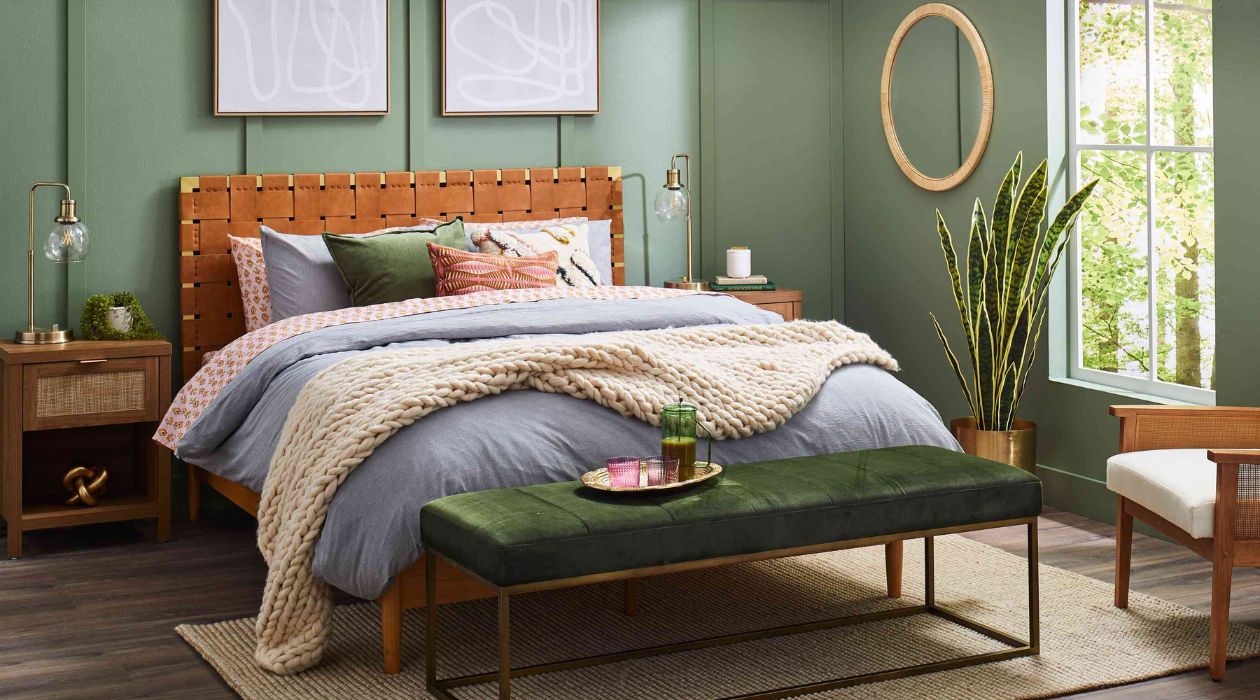
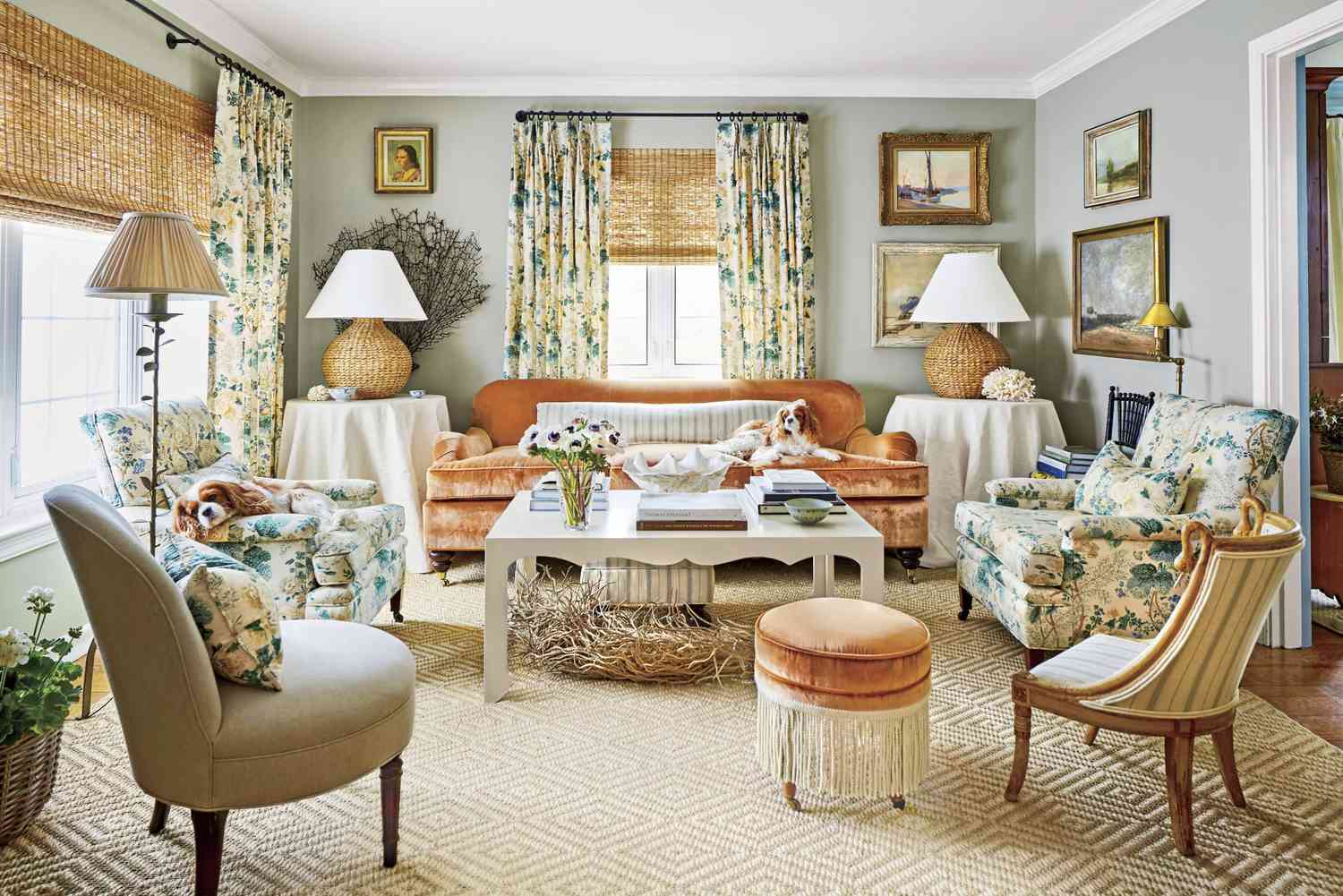
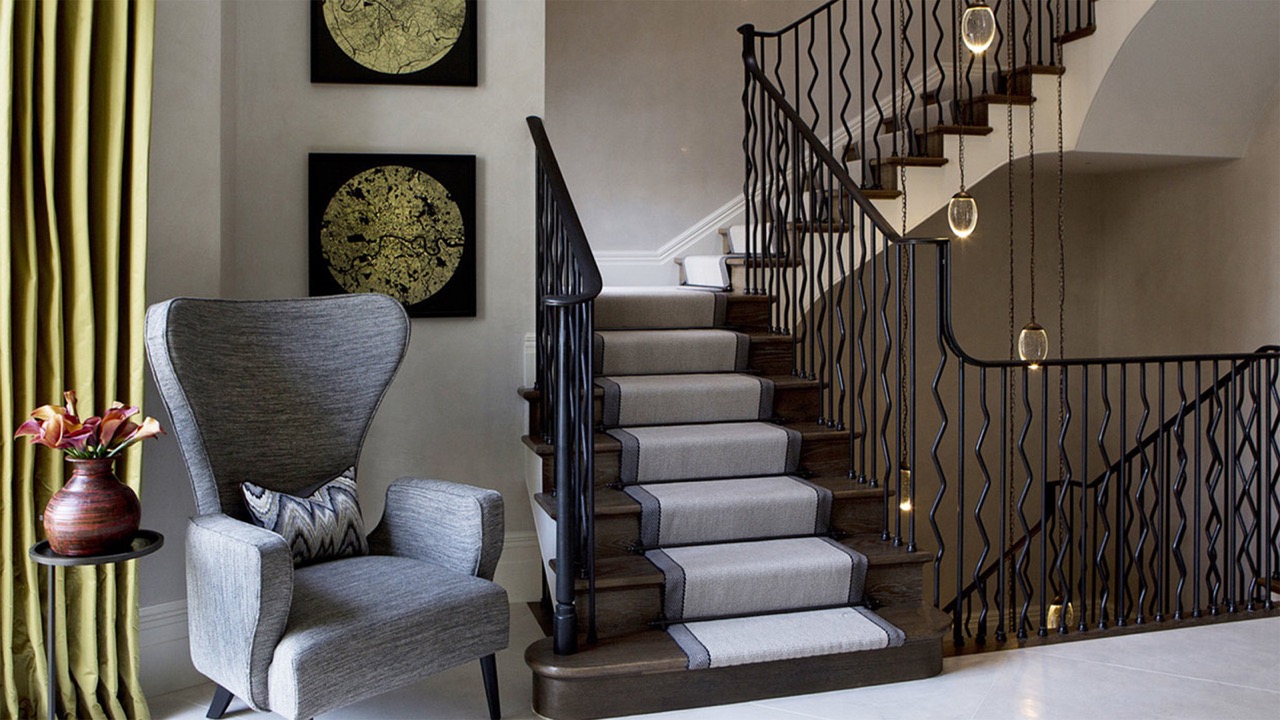
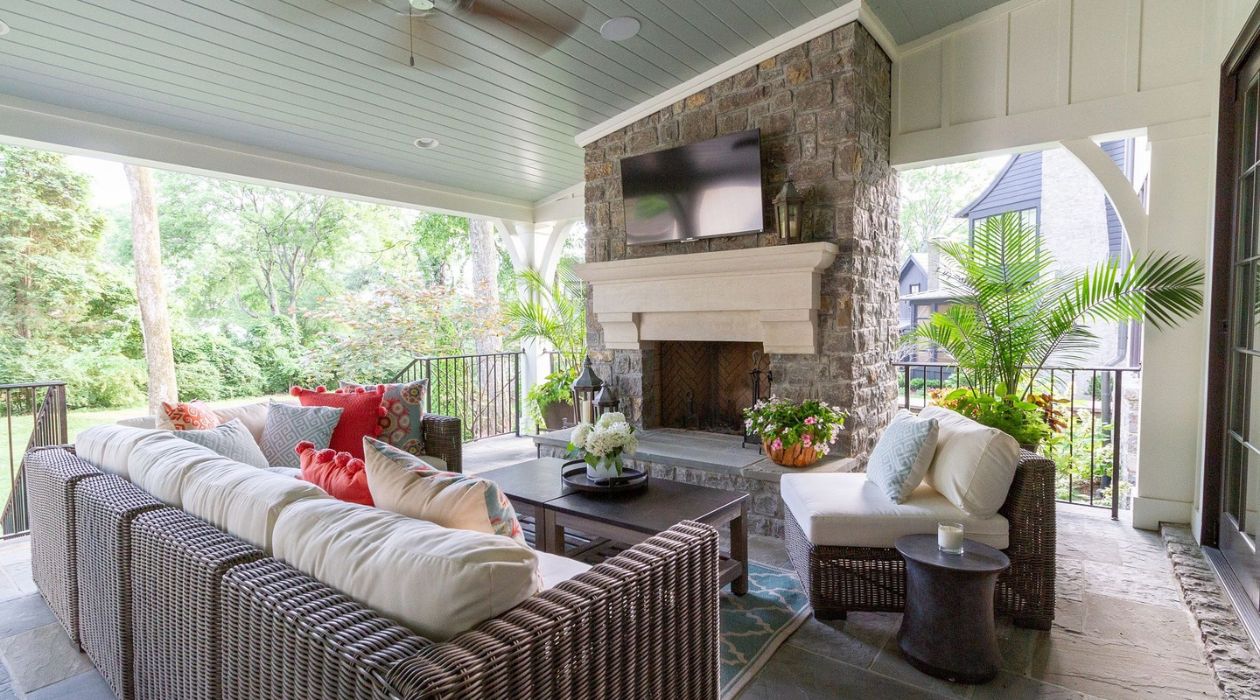
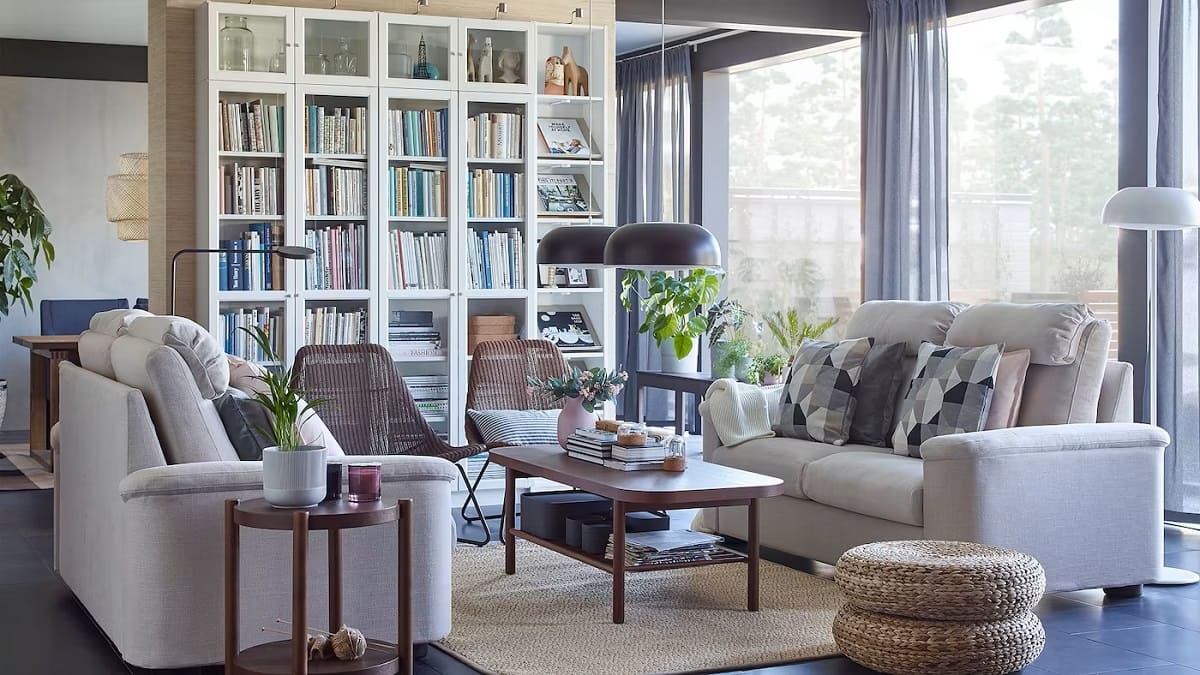

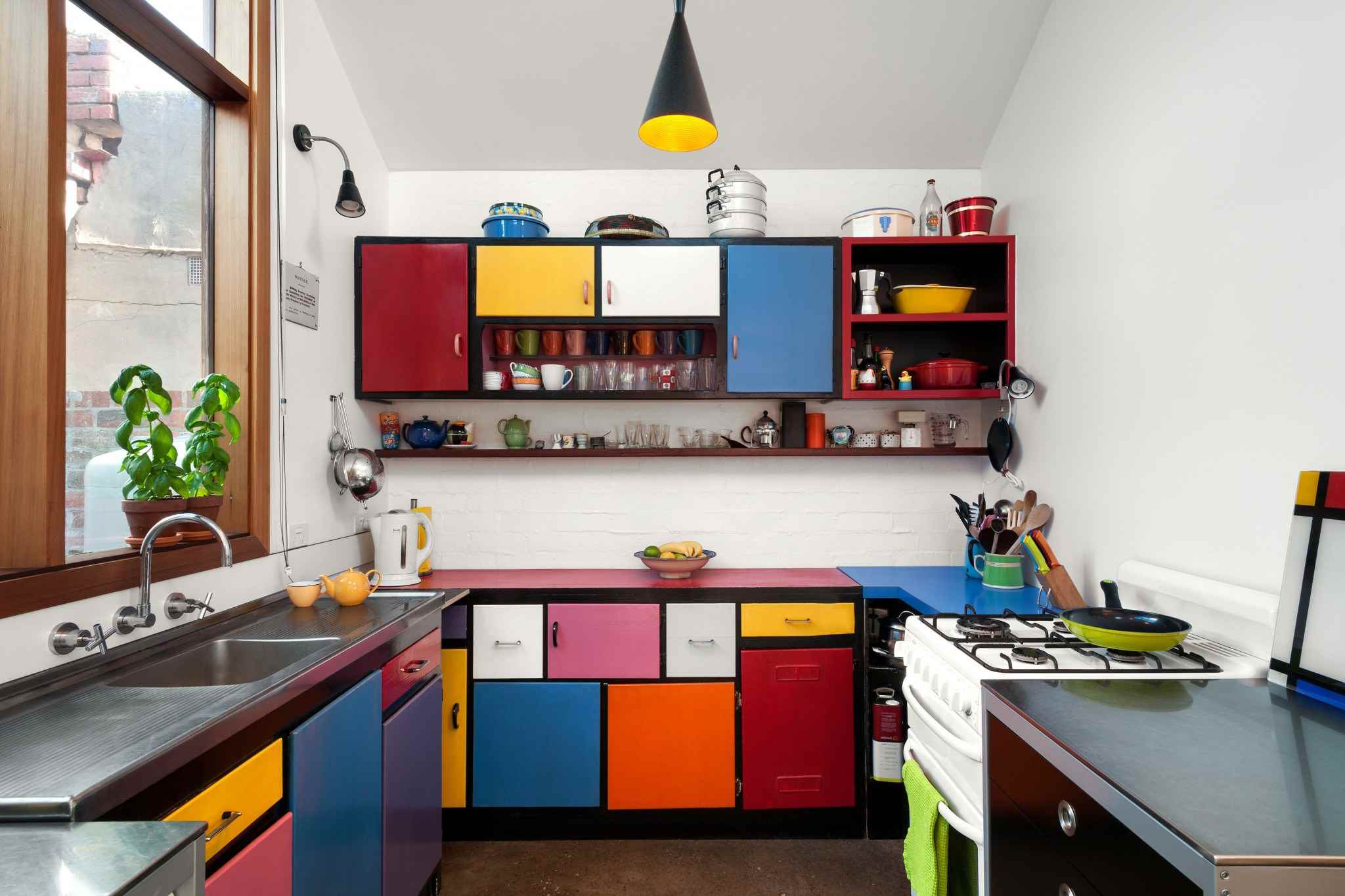
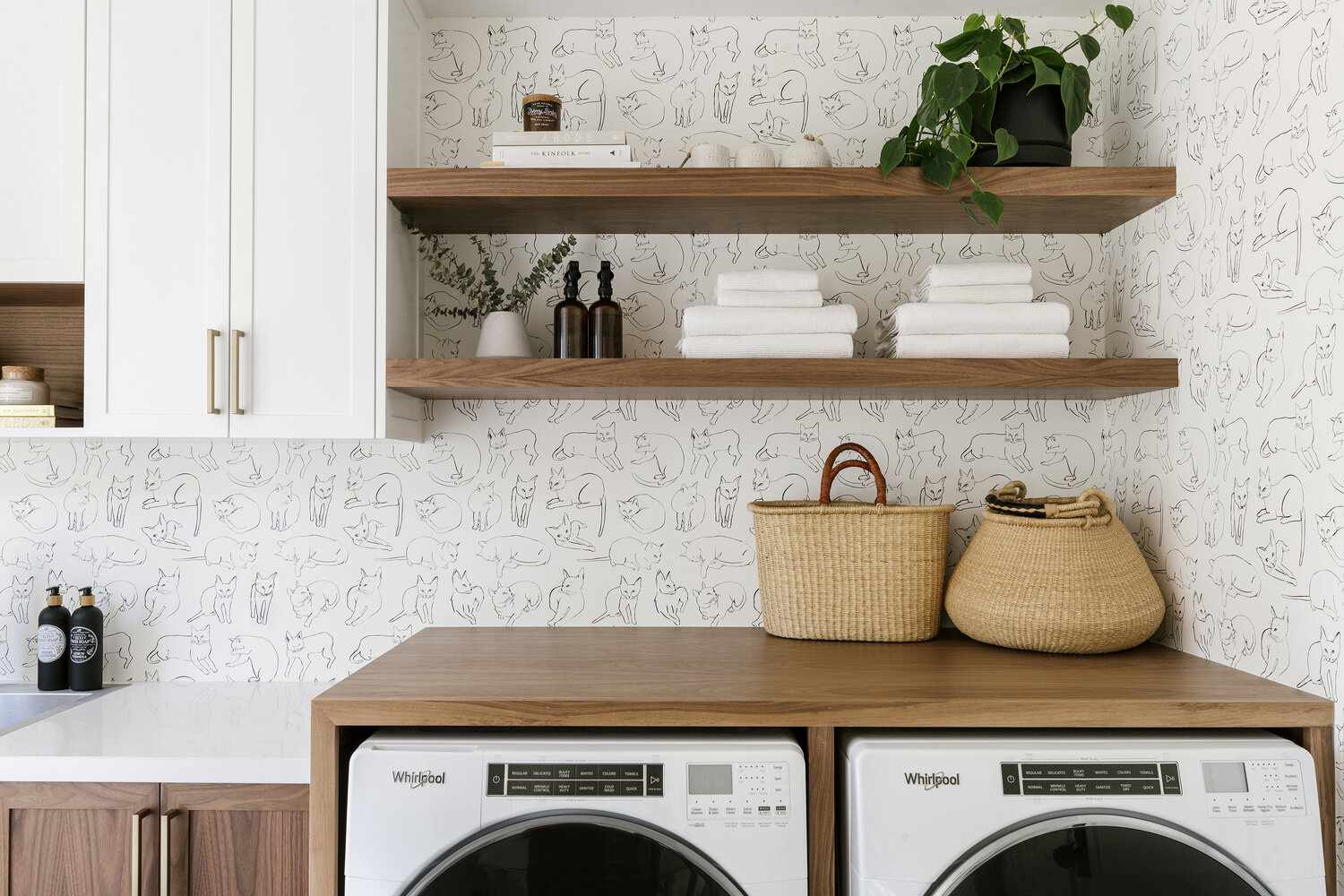
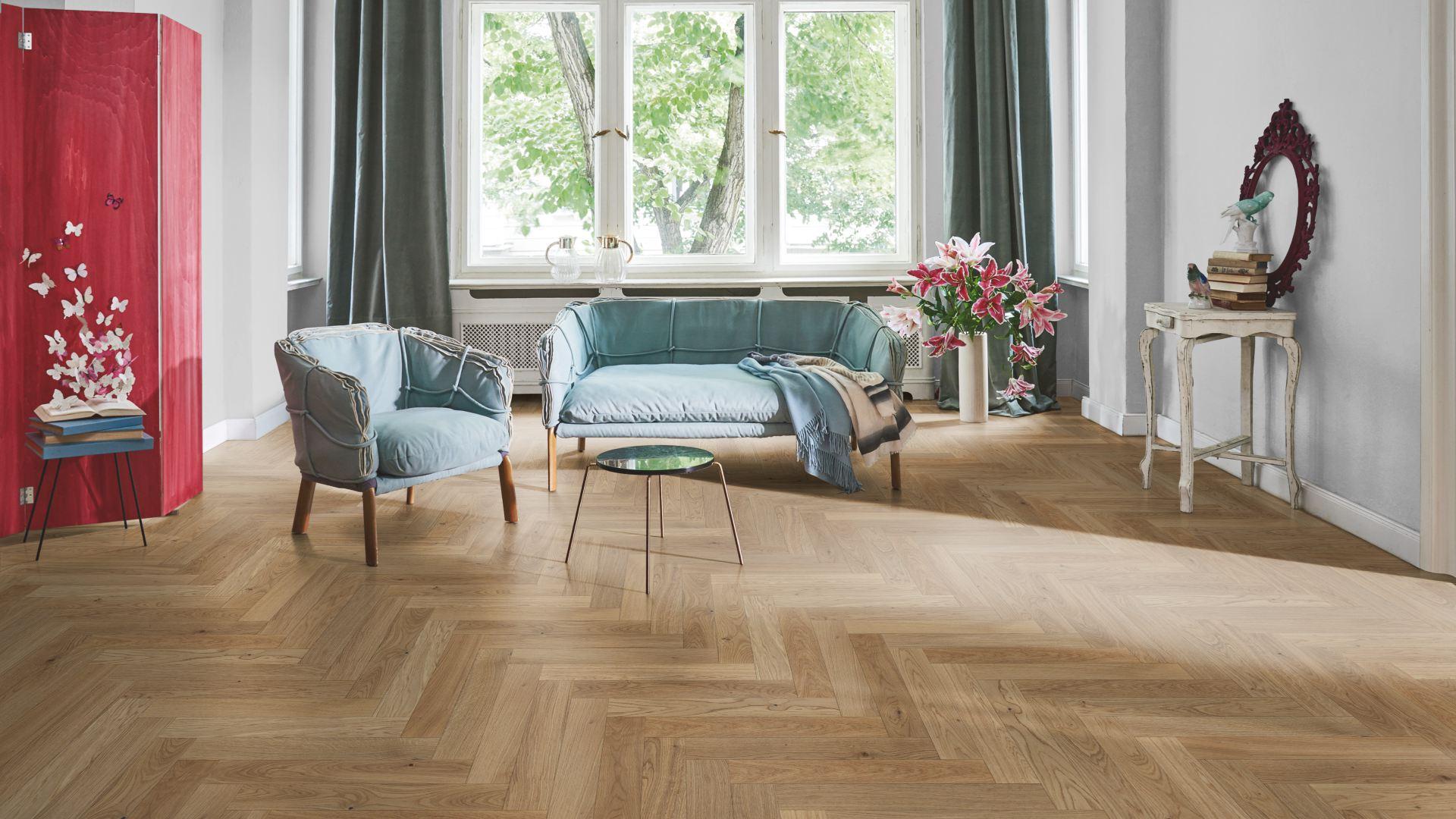
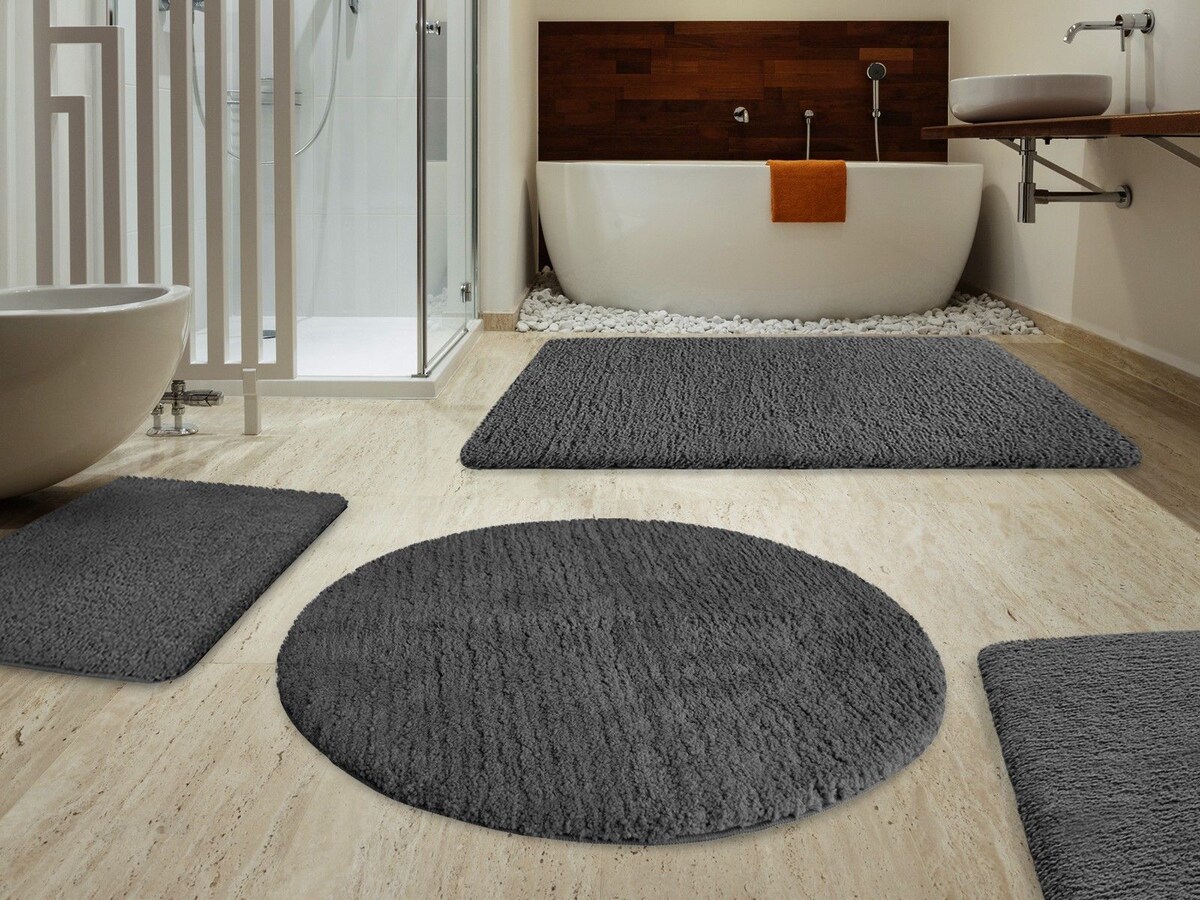
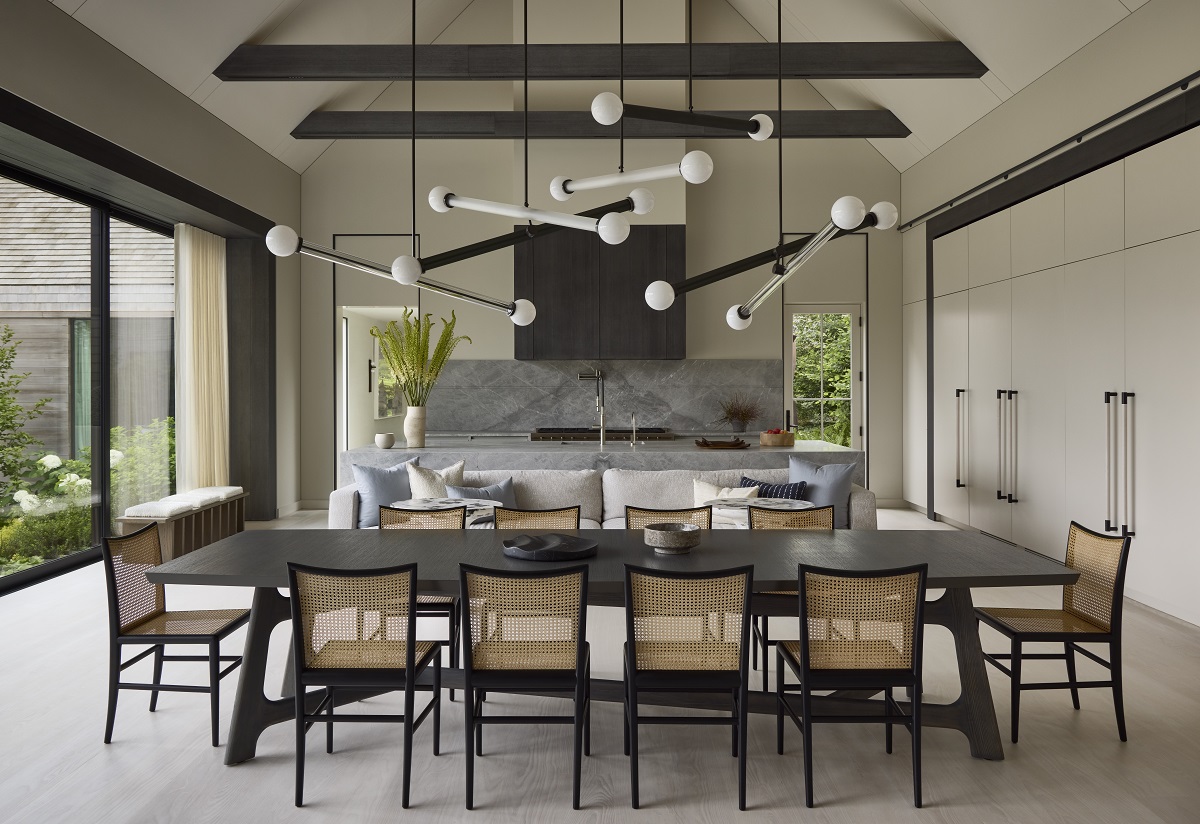
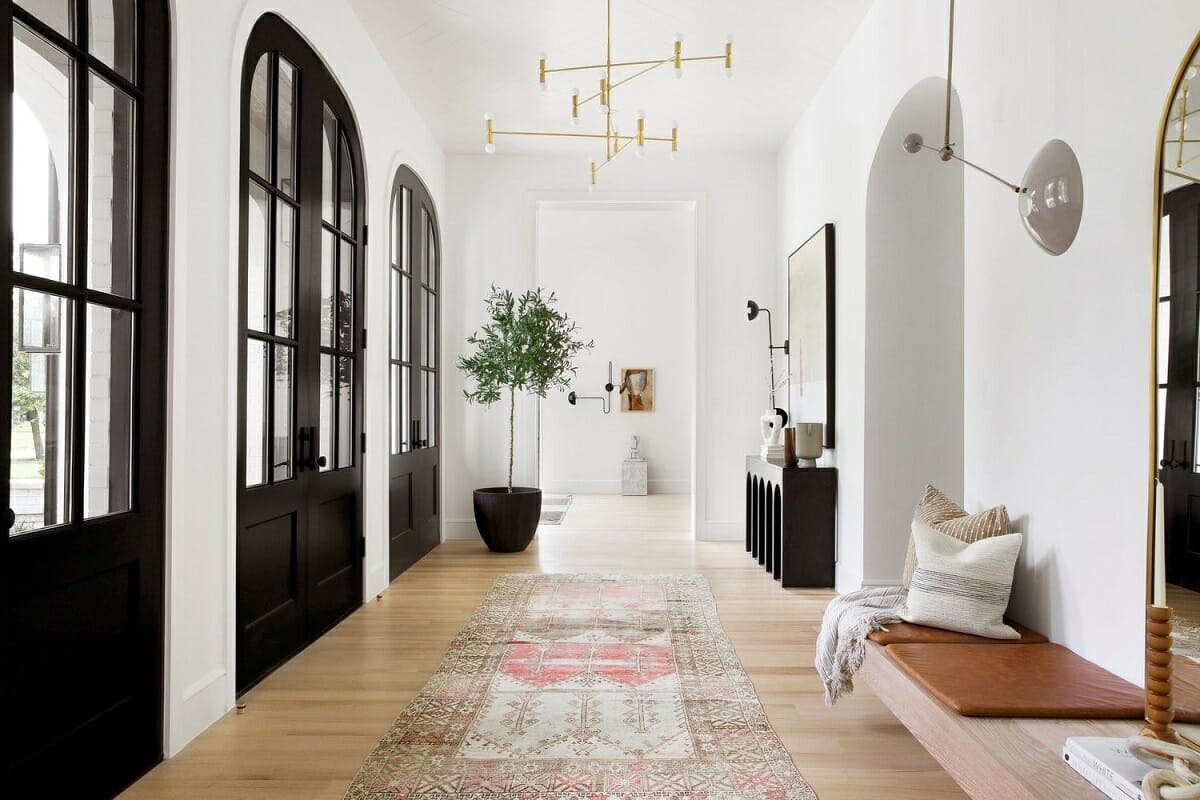

0 thoughts on “Decorating Ideas: 24 Ways To Create Stylish And Enduring Designs”